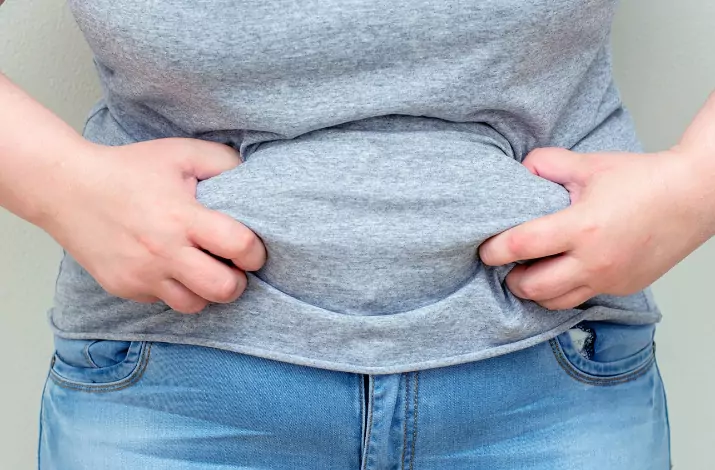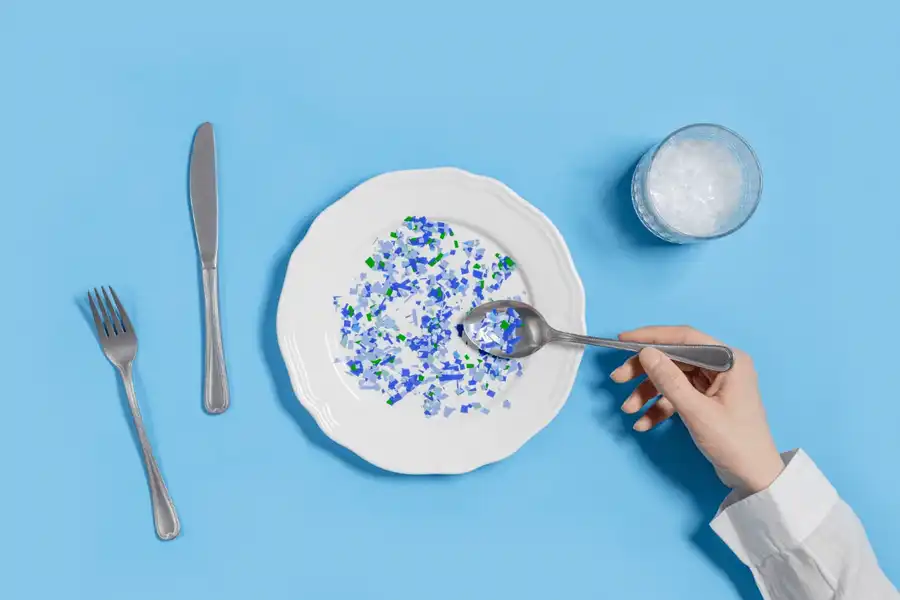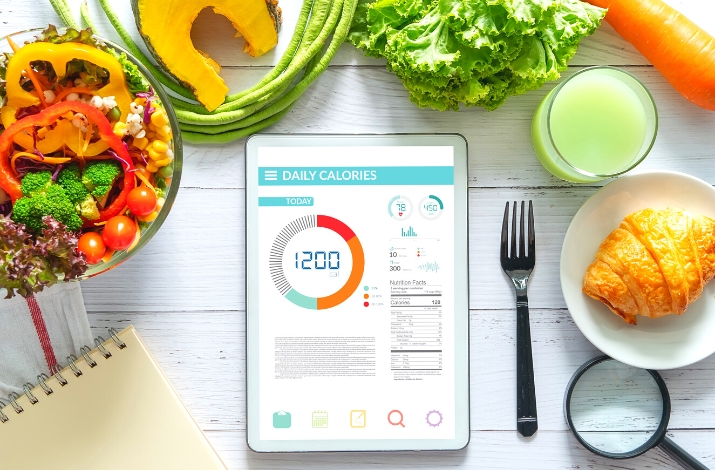You’re not overweight.
Your clothes fit.
The number on the scale is “fine.”
But still…
- You feel low on energy
- Workouts wipe you out
- Your body feels soft, not strong
- And your metabolism? Feels like it’s running on fumes
Sound familiar?
You might be dealing with something called skinny fat — and it’s more common (and more serious) than you think.
So What Is “Skinny Fat,” Anyway?
“Skinny fat” is the unofficial name for a condition where someone looks slim but actually has low muscle mass and high body fat — particularly visceral fat, the kind that wraps around your organs.
In clinical terms, it’s often referred to as sarcopenic obesity. And it can lead to:
- Type 2 diabetes
- Heart disease
- Insulin resistance
- Chronic fatigue and inflammation
The scary part? You can fall into this category and never know — because your BMI is “normal,” and no one thinks to look deeper.
Here’s How to Tell If This Is You
It’s not about weight. It’s about what your body is made of.
Ask yourself:
- Do you look thin but feel soft, especially around the midsection?
- Do you struggle to build strength or muscle definition?
- Do you rely on caffeine and sugar just to get through the day?
- Does your energy crash by mid-afternoon?
- Have you been exercising, but not seeing real changes?
If you said yes to more than one of those… your body might be waving the skinny-fat flag.
How It Happens (Even If You’re “Healthy”)
Let’s be real: no one chooses this. It sneaks up on you. And it’s usually caused by a few common traps:
Not Strength Training
If your workouts are all cardio and no resistance training, your muscle mass slowly shrinks — especially after age 30.
Living Mostly Sedentary
You can be active-ish… and still sit too much. Desk job. Couch time. Car rides. It adds up.
Eating for Convenience, Not Composition
Too many processed carbs, not enough quality protein. That’s a recipe for fat storage, not muscle building.
Stress + Sleep Deprivation
Hello, cortisol. This hormone loves to store fat, especially when you’re under-slept, overworked, and running on adrenaline.
Genetics (Yes, They Matter)
Some bodies are predisposed to store more visceral fat. But genes aren’t the full story — habits shape your health, too.
Here’s the Aha Moment
Just because you’re thin doesn’t mean you’re healthy.
And just because you’re not “overweight” doesn’t mean your body is functioning at its best.
What matters most? Body composition.
Muscle vs. fat. Strength vs. softness. Energy vs. exhaustion.
The good news? You can absolutely flip the script.
How to Fix the Skinny Fat Problem
Forget obsessing over the scale. Focus on recomposition — building lean muscle while reducing excess fat.
Start Strength Training
3–4x a week, full-body workouts. Focus on:
- Squats
- Deadlifts
- Push-ups
- Rows
According to The Journal of Strength and Conditioning Research, resistance training is a game-changer for reducing fat and increasing lean muscle mass.
Eat More (Smart) Protein
Aim for 1.2–1.6g of protein per kg of body weight daily. This helps build muscle, stabilize blood sugar, and reduce cravings.
Best sources? Eggs, fish, chicken, beef, fermented plant-based proteins, and high-quality protein shakes.
Ditch Ultra-Processed Carbs
Limit refined sugar, white flour, and packaged snacks.
Instead, eat:
- Fiber-rich veggies
- Healthy fats (avocados, olive oil, nuts)
- Clean proteins
- Smart carbs (like sweet potatoes, quinoa, or fruit)
A low-carb or keto approach can help some people, especially when insulin sensitivity is a concern.
Add HIIT (Strategically)
1–2 HIIT sessions a week can help shred fat without sacrificing muscle. Bonus: you don’t need an hour. Even 20 minutes can move the needle.
Sleep Like You Mean It
7–9 hours a night. Non-negotiable. Your muscles, hormones, and metabolism all depend on it.
De-Stress Daily
Chronic stress raises cortisol. Cortisol stores fat. It’s that simple.
Daily walk? Great. Breathwork or prayer? Even better. Whatever calms your system — do it consistently.
The End Game Isn’t “Thin.” It’s Resilient. Energized. Strong.
If this sounds like you, know this:
You don’t need to get smaller.
You need to get stronger. Inside and out.
Because health isn’t about what size pants you wear.
It’s about how your body performs, how it feels, and how it holds up over time.
And you can absolutely change that — starting now.
Want a Kickstart?
Contact me about the perfect program for you!
References
- Mørkeberg J, et al. (2015). “Body composition and health outcomes: Is BMI the best indicator?” Obesity Reviews, 16(7): 600-617.
- Rosenberg IH. (1997). “Sarcopenia: origins and clinical relevance.” The Journal of Clinical Endocrinology & Metabolism, 82(12): 3913-3915.
- Schoenfeld BJ, et al. (2016). “Resistance Training for Muscle Hypertrophy.” The Journal of Strength and Conditioning Research, 30(4): 1070-1085.
- Leidy HJ, et al. (2015). “The role of protein in weight loss and maintenance.” The American Journal of Clinical Nutrition, 101(6): 1320S-1329S.
- Yancy WS, et al. (2004). “A low-carbohydrate, ketogenic diet to treat obesity and hyperlipidemia: a randomized, controlled trial.” The Journal of Clinical Nutrition, 79(5): 905-910.
- Boutcher SH. (2011). “High-intensity intermittent exercise and fat loss.” The Journal of Obesity, 2011: 868305
This article is for informational and educational purposes only. It is not, nor is it intended to be substitute for professional medical advice, diagnosis, or treatment and should never be relied upon for specific medical advice.






